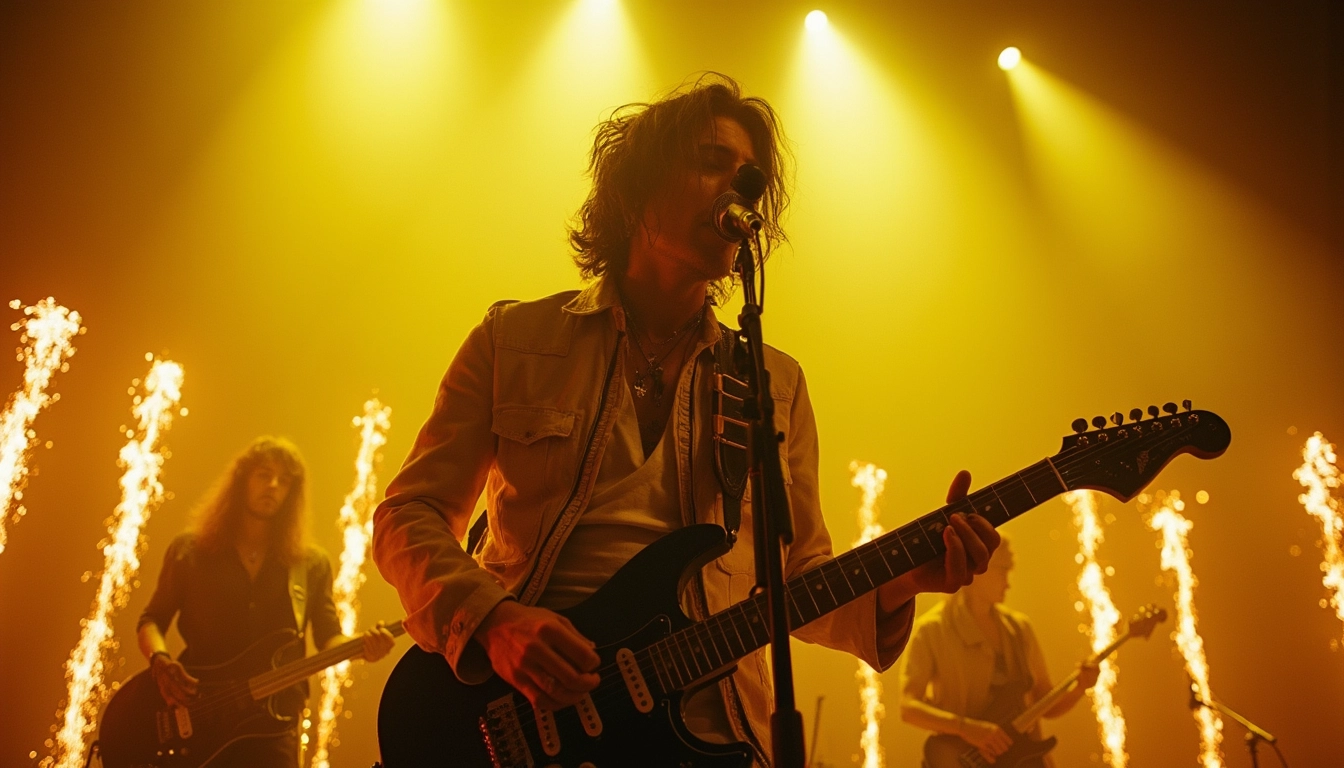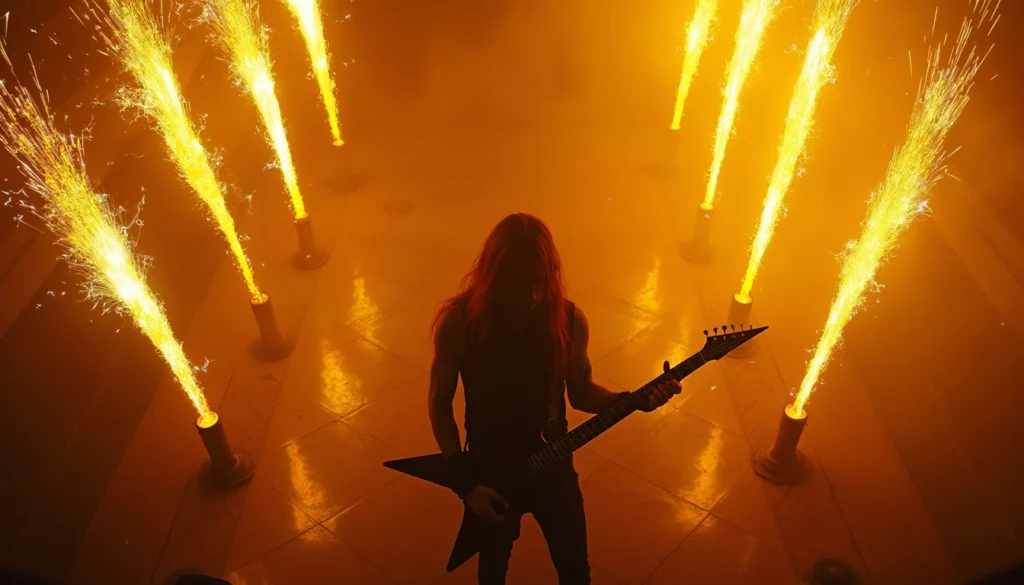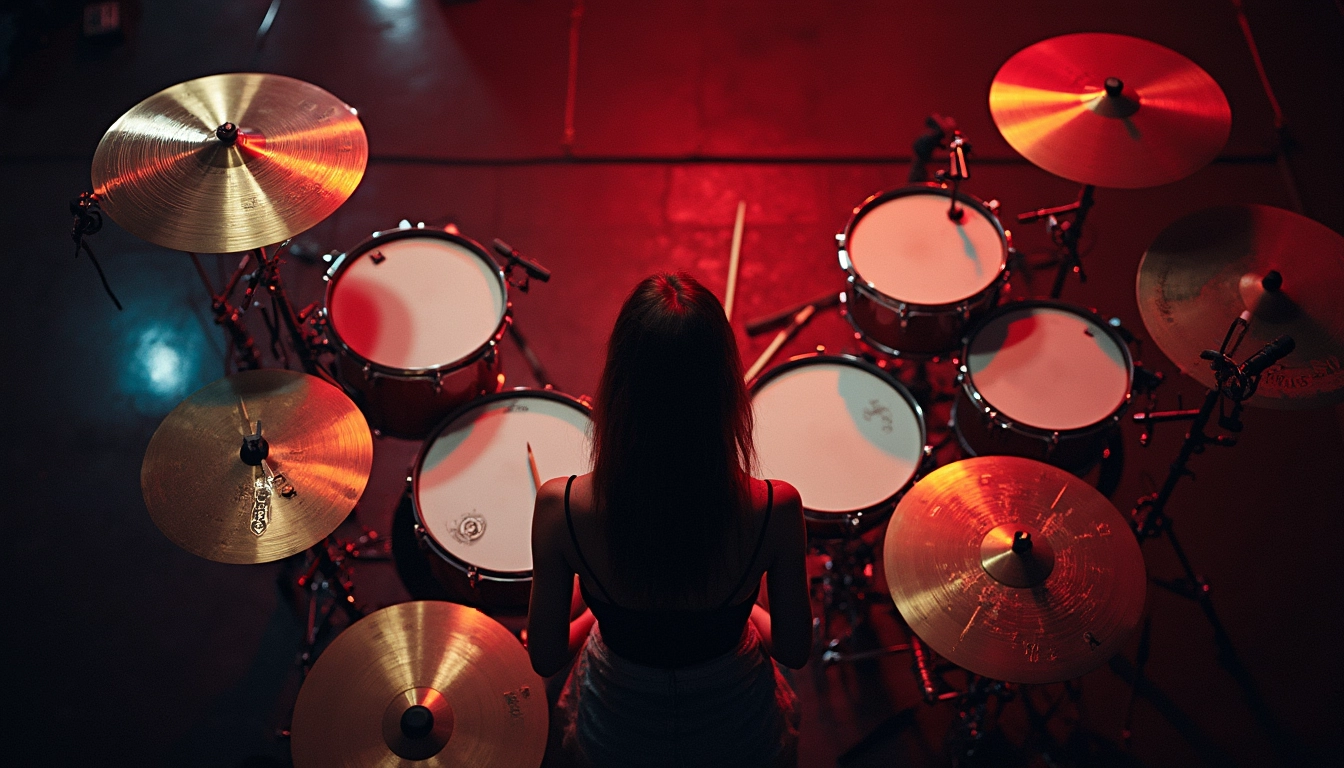In the final stretch leading up to your event, the goal is to maximize ticket sales by optimizing your online ad strategy. With careful targeting, creative ad copy, and smart budget allocation, you can give your event the push it needs to sell out. Let’s explore advanced tactics for refining your audience, crafting ads that convert, setting a budget for optimal reach, and retargeting potential buyers. By fine-tuning these elements, you’ll ensure that every dollar you spend on your ads brings in conversions, helping you achieve your ticket sales final push with success.
1. Analyzing Your Event’s Ideal Audience

Knowing who your audience is can make all the difference—targeted messaging that speaks directly to their interests turns curiosity into ticket sales.
Understanding Demographics and Behaviors
If you want to maximize ticket sales, you should start by analyzing key demographics like age, gender, income level, and location to pinpoint your core audience. These basic factors may help you better understand who is most likely to be interested in your event. For instance, a concert featuring a popular teen artist will likely attract younger audiences, while a classical music performance may appeal to older attendees. Understanding these differences allows you to craft targeted messages that resonate with each group, increasing the chances of ticket conversions.
Cross-reference this data with previous buyers of similar events to identify patterns in purchasing behavior. This could include analyzing data from past concerts at your venue to see which types of events attracted certain groups. By understanding who typically attends events like yours, you can tailor your marketing efforts more effectively, ensuring your ads reach those most likely to convert. This data-driven approach ensures that your event resonates with the right people, turning interest into ticket sales.
Using Audience Insights from Social Media
To get valuable audience insights to help refine your targeting, social media may be the key. Platforms like Facebook and Instagram offer tools that allow you to track who is engaging with your content, from comments and likes to shares and video views. This data can be used to retarget users who have shown interest, such as those who have engaged with your event-related posts, videos, or ads. These are people who already know about your event and may just need a little push to make a purchase.
You can also analyze the shared interests among your followers, such as favorite artists, music genres, or related events they’ve attended. By identifying these trends, you can adjust your advertising to align with your audience’s preferences, making your ads more appealing. For example, if your followers are fans of a particular band, explicitly referencing that band in your ads can capture their attention. This tailored approach makes it more likely that they’ll see your ads as relevant and click through to purchase tickets.
Segmenting Audiences for Better Results
While age and location are some of the most common ones, there are other useful ways to segment your audience. For instance, you can create specific audience segments based on the ticket purchase stage to personalize retargeting campaigns.
- Browsers: People who have viewed your event page but haven’t made a decision.
- Cart Abandoners: Users who added tickets to their cart but didn’t complete the purchase.
- Past Attendees: Previous ticket buyers who may be interested in similar events.
You may also leverage past purchases and event attendance to further segment your audience. For example, if someone attended a similar event at your venue in the past, sending them ads that highlight familiar elements of your upcoming event can reignite their interest. By speaking directly to each group’s interests and stage in the buying process, you can drive more engagement and ultimately increase ticket sales.
Ready to take your audience targeting to the next level? Connect with our team to optimize your ad strategy and maximize ticket sales.
2. Crafting Ads That Drive Conversions

The right words at the right time—short, compelling ad copy can turn interested into action
Writing Effective Ad Copy for High Engagement
To drive conversions, your ad copy needs to be clear, direct, and actionable. Use phrases like “Buy Tickets Now” or “Reserve Your Spot Today” to create urgency and guide potential buyers towards immediate action. Clear calls to action (CTAs) remove confusion about the next steps, making it easier for users to make quick decisions and leading them to purchase. Short, compelling headlines help your message stand out, even as people scroll through their social media feeds, ensuring that your ads stand out and don’t get lost in the crowd.
Beyond being direct, it’s also important to create a sense of urgency in your ad copy. Phrases like “Limited Seats” or “Tickets Selling Fast” can push potential buyers to act quickly, as they don’t want to miss out. For instance, promoting a special early bird rate can encourage buyers to secure their tickets before prices go up. This urgency makes people more likely to click through and complete their purchase, increasing your ticket sales during critical promotional windows.
Using Visuals to Capture Attention
Is no secret that in order to get noticed you need effective visuals that can make your ads stand out and capture attention in crowded feeds. Use eye-catching color schemes that align with your event’s branding and consider incorporating motion graphics or video to add dynamic appeal.
Visual elements like event countdowns or images of the artists or performers can further build excitement and anticipation, giving potential attendees a taste of what to expect. For example, a video countdown to the event date or a montage of past performances can add urgency, reminding viewers that time is running out to secure their tickets if they don’t want to miss out. High-quality visuals make your ads more engaging and can significantly improve click-through rates (CTR), turning curiosity into actual ticket purchases.
3. Setting the Right Budget for Maximum Reach

How to find the right balance to maximize results for your budget and your own strategy? Make the right calculation to make the right decision.
Calculating Ad Spend Based on Audience Size
For an efficient campaign, your ad budget should be based on your audience size and the expected return on ad spend (ROAS). First, you need to determine how many people you want to reach and estimate the cost-per-ticket sold. This calculation ensures that your ad spend is proportional to your audience and ticket price, so you’re not overspending without seeing a return. For example, if you’re selling high-priced VIP tickets, you may allocate more budget to reach a smaller, more exclusive audience that is likely to buy those tickets.
However, you must make sure your budget allows you to reach enough potential attendees to meet your ticket sales goals. Consider the size of your venue and the number of tickets you need to sell, and set your ad spend accordingly. Allocating a portion of your budget to test different ad creatives and audience segments can help you find what works best before committing to a larger spend. This way, you’re maximizing your reach while staying cost-effective.
Allocating More Budget During the Final Push
As the event date approaches, focus on local targeting to attract last-minute buyers, especially those within driving distance of the venue. These potential buyers might make spontaneous decisions to attend a concert closer to the date, making it a prime time to invest in ads that target them specifically. By concentrating your ad spend on this group, you can capture last-minute interest and fill up remaining spots.
Additionally, use performance data from earlier campaigns to guide your final push, allocating more budget to the channels and audience segments that have been most effective in driving ticket sales. For example, if Instagram ads performed better than Facebook in reaching your target demographic, shift more of your remaining budget there. This data-driven approach ensures that your last-minute marketing dollars are spent on strategies that deliver the best results, maximizing ticket sales in the crucial days leading up to the event.
Monitoring and Adjusting Budget Throughout the Campaign
Throughout your campaign, it’s essential to closely monitor real-time metrics like click-through rates (CTR), conversion rates, and cost-per-click (CPC) to understand how your ads are performing:
- Click-Through Rates (CTR): it shows how many people are engaging with your ads by clicking on them. A higher CTR indicates that your ad is attracting attention and encouraging viewers to take action.
- Conversion Rates: this measures how many of those clicks turn into ticket sales. A high conversion rate means that your ad is effective in turning interest into purchases.
- Cost-Per-Click (CPC): it helps you understand how much you are paying for each click on your ad. Monitoring CPC ensures that you are getting value for your ad spend and not overspending on clicks that don’t lead to sales.
For instance, if certain ads are getting a high CTR but a low conversion rate, it may be a sign that the ad is attracting attention but not convincing users to purchase. If you analyze these metrics you can identify which ads are generating the most interest and ticket sales, helping you allocate your resources more effectively.
Once you’ve identified the best-performing ads, it’s important to reallocate your budget toward those that are driving the most results. This might mean shifting more funds to a specific ad platform or adjusting your spend between desktop and mobile users if one performs better than the other. Again, consider adjusting your ad spend based on the platforms and devices that are generating the most ticket sales, such as Facebook, Instagram, or Google Ads. This continuous adjustment ensures that your campaign remains cost-effective and targeted, maximizing your overall return on investment as you adapt to audience behavior in real-time.
Not sure how to set the right budget for your ads? Get expert advice on optimizing your ad spend.
4. Retargeting Potential Buyers for the Final Push

Reignite the spark with retargeting ads—focus on those who’ve already shown interest and give them a reason to come back and secure their tickets.
Using Retargeting Ads to Re-Engage Visitors
Retargeting ads are essential for bringing back potential buyers who showed interest but didn’t purchase. As we’ve seen on the first section, you can target visitors who viewed your event page without buying tickets and remind them what they’re missing out on. You can also engage abandoned cart users who started but didn’t complete their purchase by highlighting limited ticket availability to encourage them to finalize their purchase. These ads help to reignite interest and bring potential buyers back into the sales funnel.
Additionally, retarget social media users who engaged with event-related content, such as those who liked, shared, or commented on posts about your event. These users have already shown interest and may just need a reminder or a little push to make a purchase. Focus your retargeting efforts on these high-intent users as they are more likely to convert. Create ads that directly address their interest, such as highlighting exclusive event details or reminding them of the artists they love. For example, if someone watched a video clip of the headlining act, show them an ad featuring that artist with a “Don’t miss out!” message to keep their attention. By delivering personalized ads to these warm leads, you can increase the chances of converting their initial curiosity into ticket sales, especially during the crucial final weeks before your event.
Reinforcing the Value of the Concert Experience
When retargeting potential buyers, it’s crucial to remind them of the unique value of the concert experience they would miss out on. Highlighting special features like guest appearances, exclusive performances, or unique opening acts can reignite their interest. For example, an ad might showcase a behind-the-scenes clip of the artist preparing for the show, paired with a message like, “Get ready for an unforgettable night!”. Convince potential the event is worth their time and money by showing them what makes your event stand out.
Additionally, emphasize the venue’s strengths, such as superior acoustics, premium seating options, or a stunning ambiance. Use visuals that showcase the concert atmosphere, like a packed house or the excitement of fans enjoying the music, to build anticipation. By tapping into their Fear of Missing Out (FOMO) and showing how your event is a once-in-a-lifetime experience, you encourage users to take the final step and purchase their tickets. Messages like “Don’t miss this chance to be part of an epic night!” can help push hesitant buyers over the edge, making them feel that attending your concert is an opportunity they don’t want to let slip away.
Ready to boost ticket sales with retargeting ads? Contact us for a consultation and learn how to maximize your final push strategy.
Drive Your Ticket Sales to the Finish Line
To maximize ticket sales during the final push, your online ad strategy needs to be as refined and targeted as possible. By understanding your audience, crafting compelling ads, setting an optimized budget, and leveraging retargeting, you can give your event the final momentum it needs to sell out. Implementing these strategies will allow you to turn interest into action, filling every seat in your venue. Ready to take your online ads to the next level? Contact our team for expert consultation and let’s make your event a success.






